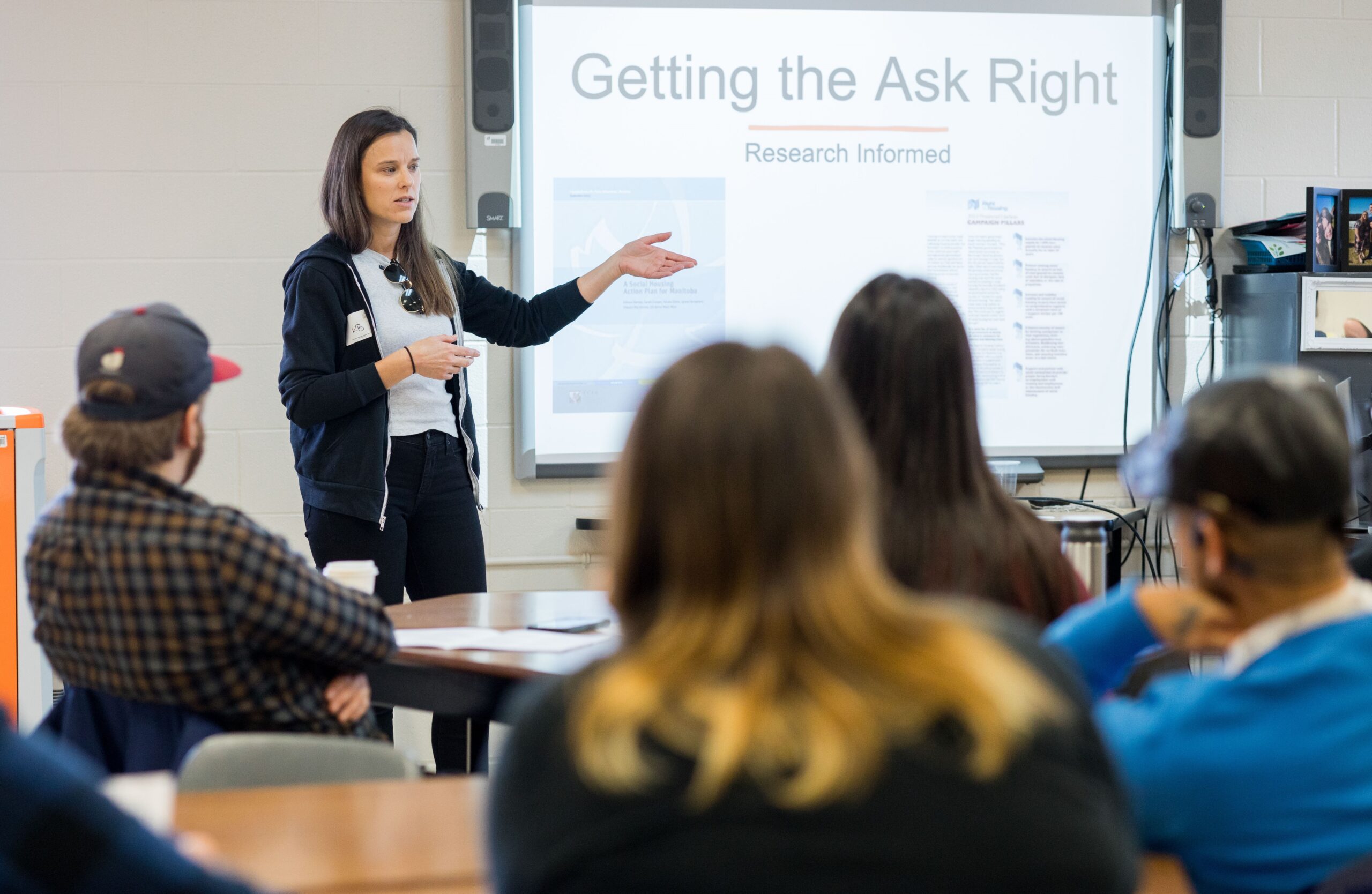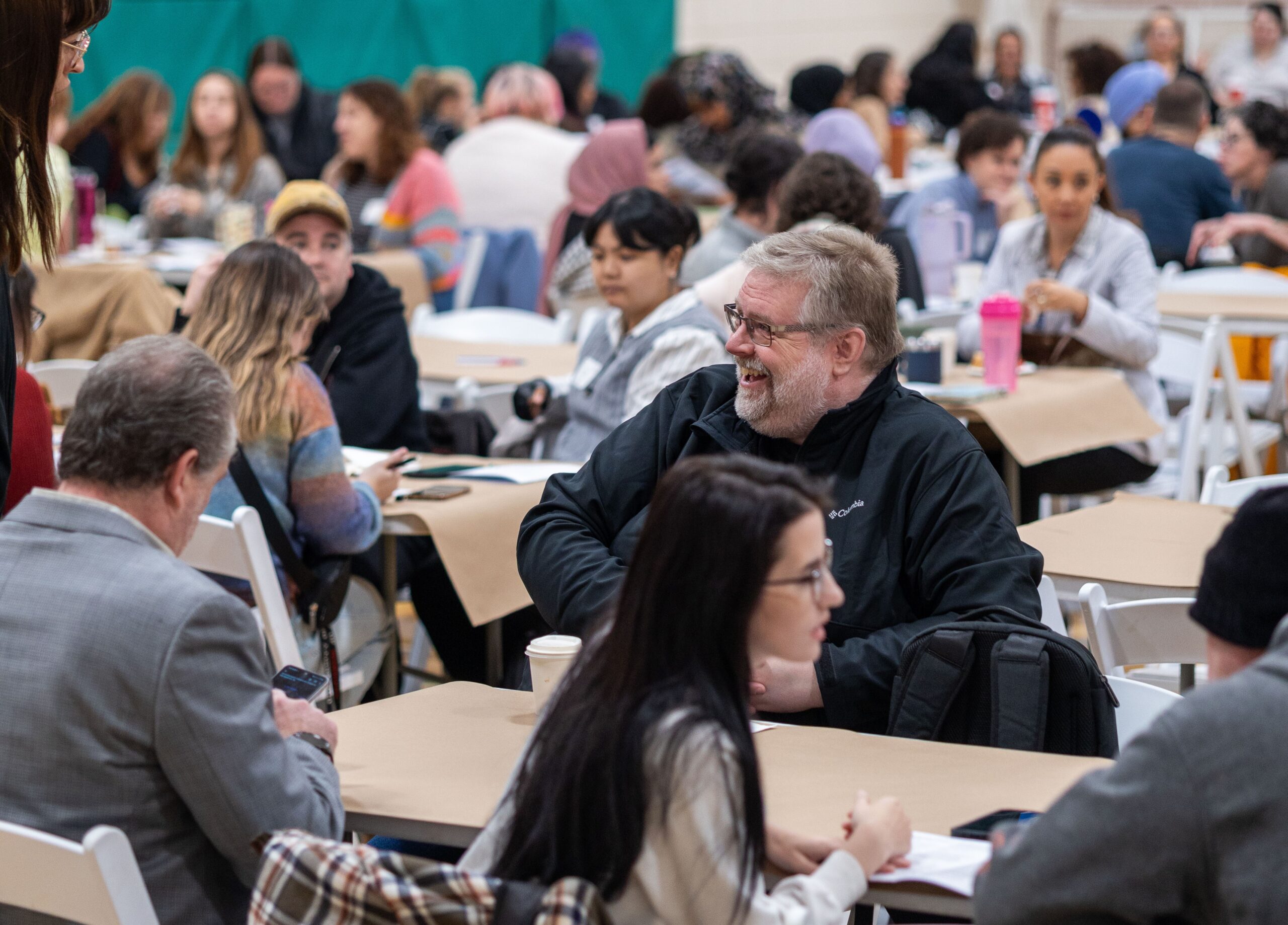 2016 is the first year of the ambitious United Nations plan to achieve sustainable development by 2030. What is striking is the close link of many, if not most, of the 17 Sustainable Development Goals to issues related to social welfare, social justice, human rights, health and education, housing, food and nutrition, in other words to all aspects of human life that are at the core of the International Council on Social Welfare‘s (ICSW) work.
2016 is the first year of the ambitious United Nations plan to achieve sustainable development by 2030. What is striking is the close link of many, if not most, of the 17 Sustainable Development Goals to issues related to social welfare, social justice, human rights, health and education, housing, food and nutrition, in other words to all aspects of human life that are at the core of the International Council on Social Welfare‘s (ICSW) work.
These issues are also at the core of a Social Solidarity Economy (SSE)—a framework that explores forms of production and exchange that aim to satisfy human needs, build resilience and expand human capabilities through social relations based on varying degrees of cooperation, interaction and solidarity. All over the world, organisations promoting such economic organization are strengthening their efforts in areas such as cooperative housing and community land trusts, local foods systems, health services, financial services, and so on. SSE has many similarities with the historic social economy (cooperatives and mutuals). For the SSE movement, the sense is that this is not enough, and there is a need for a more global approach leading to deeper changes in society, addressing inequality, promoting community participation and solidarity with society at large and not only for the members of the coops and mutuals.
Over the past 20 years in particular, the SSE approach has grown in many countries, both developed and developing. In good part, these initiatives are the result of grassroots initiatives by people joining their efforts and getting together to satisfy existing needs that neither the State alone nor the market-driven economy can provide for. In the wake of the 2008-2009 financial and economic crises, with their effects still felt even now, this approach has increasingly inspired strategies and activities to fill part of the unmet needs of the population. People need jobs and income to live. In many countries, people initiate SSE for that purpose. SSE has also gained visibility, given its resilience in the financial crisis and the recognition that it provides an alternative to the speculative financial economy.
Many countries have also developed programs, and in some cases passed laws, to support this approach. For example, there was already legal infrastructure, including laws and regulations, for traditional social- economy organizations, such as cooperatives, mutuals and associations. Many of the new initiatives involve other types of organizations, such as non-profit businesses, community supported agriculture, fair trade, etc. In South America, for example, Ecuador and Colombia each passed laws, and even included pertinent provisions in their Constitutions, while national secretariats on a solidarity economy were set up in Brazil and Bolivia.
In May 2013, the United Nations Research Institute for Social Development (UNRISD) organized the largest United Nations conference on SSE (http://www.unrisd.org/sse) in Geneva. Organized in collaboration with the ILO and UN-NGLS, that event led to the publication of a book “Social and Solidarity Economy: Beyond the Fringe” (Utting 2015) and the creation of the UN Inter-Agency Task Force on SSE in September 2013. The Task Force now has 19 UN Agencies as members and 5 Observers, including my organisation, the International Network for the Promotion of the Social Solidarity Economy (RIPESS). In 2014, the Task Force published a Position Paper on the Social and Solidarity Economy and the Challenge of Sustainable Development. The Position paper identifies the potential in eight areas, most of which have a social welfare component:
- Transitioning from informal economy to decent work;
- Greening the economy and society;
- Local economic development;
- Sustainable cities and human settlements;
- Women’s well-being and empowerment;
- Food security and smallholder empowerment;
- Universal health coverage;
- Transformative finance.
The paper provides many examples of social protection schemes and programmes, including health insurance, as well as the social benefits that derive from moving people from the informal economy to the formal economy.
Besides examples in the paper, other examples can be seen in a paper under preparation by the FAO Global Forum on Food Security and Nutrition, on the role of rural organisations in social protection. A webinar was held on November 25 and can be consulted here. The report will be published soon.
|
ASSEFA -ASSOCIATION FOR SARVA SEVA FARMS– Over 11 000 villages, in the states of Tamil Nadu, Pondicherry, Karnataka, Andhra Pradesh, Maharashtra, Bihar, Jharkhand, Rajasthan and Madhya Pradesh (INDIA) have set up multiple social protection schemes, with women’s self-help group (AHG) at the core. Crop-Loss Compensation – The scheme is managed by Mutual Benefit Trusts (MBT, a federation of SHG’S) and is activated when farmers achieve lower yields than an established threshold. To reduce the risk of loss, farmers are trained and provided with agricultural inputs. The progress of the crop growth is monitored regularly and supported by the MBT. A nominal fee is collected from registered farmers accruing to the financial stock of MBTs. Cattle-Protection Scheme – This scheme is run by the Federation of Dairy Cooperatives and compensates farmers who have lost their livestock. Farmers get credit to buy animals and pay a nominal fee (4% of the credit amount), which also pays for the insurance on the animal. Wage-Loss Compensation – This scheme is also run by the MBTs and provides compensation for women who cannot attend their work during the last 3 months of pregnancy. MBTs organise recurring fundraising campaigns every year between September and October on the occasion of the Vinoba (a Gandhi follower) anniversary and Gandhi’s birthday. These funds are used to subsidise the scheme. An average of 2500 women benefit from wage-loss compensation: they are paid for travel to public-health clinics, and receive maternity kits and training to take care of the newborn. |
One of the case studies, on ASSEFA in India, was prepared by the author of this article.
Provision of health services is another area where SSE-related initiatives have developed in recent years. In Rwanda, 90% or the population have health services covered by a mutual insurance scheme. In Mali, 1070 community health centres provide basic services, work on malaria and HIV-AIDS prevention, with priority given to children and women. In 2014, on the occasion of the International Cooperative Summit, An international survey of co-ops and mutuals at work in the health and social care sector, research led by Jean-Pierre Girard presented the situation in over 50 countries around the world. In some countries, such forms of assistance are complementary to public services, as in the case, for example, of home-care services for the elderly or people with disabilities. In other countries, SSE organisations manage part of the public service, such as hospitals in Japan (about 25% of hospitals). In other countries, considered less developed, as in Western Africa, they are often the main means for accessing health services.
SSE organisations are very varied in nature. Some are coops and mutuals, some are non- profits and associations, and some are networks at the country or international level. There are networks of researchers. They all have a common approach, which includes the mobilization of community members who govern and manage them; they not only foster solidarity in the community and social cohesion, but also create more resilient communities when disasters, manmade or natural, strike. Some examples:
- In Sierra Leone, in Kailahun district, the hardest hit district in the country, SEND West Africa, a social enterprise development organisation, helped affected members of the community. They assisted orphans and restructured livelihood programs to adjust to the situation. SEND mobilizes the Kailahun Women in the Governance Network (KWIGN) to educate the community through community radio on prevention and care.
- In Tamil Nadu (South India State), 152 villages in the ASSEFA association were affected by heavy rains in December 2015. Within days, they were able to provide food to 1336 families and are organising to rebuild 130 homes and 2 community schools. They rapidly organised that work with field staff and with financial help (for building materials) from organisations in India, from Italy and from France (long time partners).
The above examples have a common denominator in that they are all grassroots initiatives involving the mobilisation of the community members themselves, in organised structures (varies from country to country depending on their history and culture, and the legal possibilities), to self- provide basic services. However, the role played by the public authorities is also essential. For example, in New South Wales in Australia, where the State Home Care Service has been totally (including staff) transferred to Australia Unity, a 175-year-old mutual, the Government continues to provide funding.
We strongly believe that for achieving the first three of the SDGs (Goal 1. End poverty in all its forms everywhere. Goal 2. End hunger, achieve food security and improved nutrition and promote sustainable agriculture Goal 3. Ensure healthy lives and promote well-being for all at all ages), SSE is essential. The recent history of humanity, in particular the past 30-40 years, clearly shows that exclusion and marginalisation are the result of neo-liberal globalisation. In adopting the 2030 Agenda, Governments all over the world agreed to implement those goals. But the mobilisation of citizens, in partnership with States, in the delivery and management of social protection and health services and organising sustainable livelihoods, is essential. Achieving those goals will not come automatically through a “trickle-down” effect of globalisation, and certainly not without reversing the flow of wealth to the 1% or the population who controls 50% of the wealth.
That inequality, which is increasing, is the seed of injustice and violence in the world. It feeds fundamentalism and sectarianism (divisions amongst various communities based on ethnic or religious affiliation) all over the world.
Similar to ICSW, our members are active in a wide range of fields within the general areas of social development, social welfare and social justice. That includes issues in such areas as food and nutrition, welfare and health services, social protection, education and housing, as well as many fields related to economic development, human rights and community participation.
In our Global Vision declaration, we affirm that a change in the development paradigm has to come about:
In SSE, ordinary people play an active role in shaping all of the dimensions of human life: economic, social, cultural, political, and environmental. SSE exists in all sectors of the economy—production, finance, distribution, exchange, consumption and governance. It also aims to transform the social and economic system that includes public, private and other sectors. SSE is not only about the poor, but strives to overcome inequalities, which includes all classes of society. SSE has the ability to take the best practices that exist in our present system (such as efficiency, use of technology and knowledge) and transform them to serve the welfare of the community based on different values and goals’.
Since the Second World War our world has seen many upheavals, wars, economic crises, dire poverty, uneven development, and the over-exploitation of natural resources beyond the capacity of our planet. As people, we should be ashamed that other human beings still die of malnutrition, the lack of maternity services, and the absence of safe drinking water or decent homes to live in. Humanity has all the knowledge and capacity to arrange our socio-economic system differently so as to provide all that is needed for the basic needs of human kind. For the SSE, our contemporary market-driven economy is fundamentally misdirected and geared towards the needs of investors. Contrary to such approach, our philosophy is based on the fundamental needs of the people, embracing a human rights approach, solidarity and peace, and saving Mother Earth for future generations.
A last thought – a quote from Gandhi: “The world has enough for everyone’s need, but not enough for everyone’s greed.”
 Yvon Poirier is Secretary of the Board of Directors of CCEDNet and President of the International Committee.
Yvon Poirier is Secretary of the Board of Directors of CCEDNet and President of the International Committee.
He is also a member of the Board of Directors of the Intercontinental Network for the Promotion of Social Solidarity Economy (RIPESS). As such, he participates in various activities of the network, including in the UN Inter-Agency Task Force on the Social and Solidarity Economy. Recently, he participated, as a RIPESS delegate in the group of Civil Society and Non-governmental Organizations at the UN General Assembly that adopted the Sustainable Development Goals (SDGs) for the 2015-2030 period. He accompanied his colleague from Mali who had been chosen as a speaker in an interactive dialogue during the General Assembly.
During his years in education and trade unionism, he was continuously involved in social movements, especially in local development and community economic development. He was thus the founding President of the Corporation de développement économique communautaire Québec (CDÉC) in 1993-1994.
He has been involved in RIPESS since 2004, and he has written various documents on the origin of the SSE concepts and on the role of Québec trade unions in SSE. He has participated in many World Social Forums and in various RIPESS member meetings, and this, particularly in Asia.




